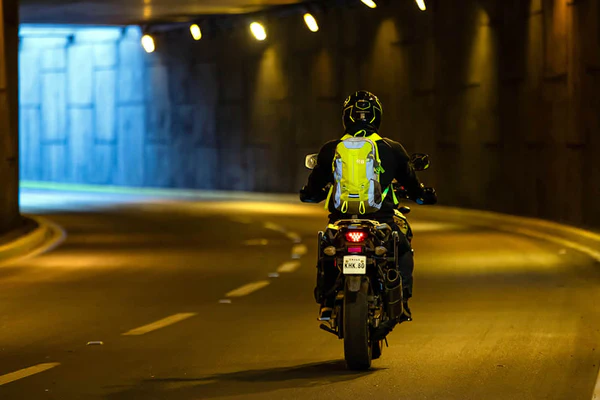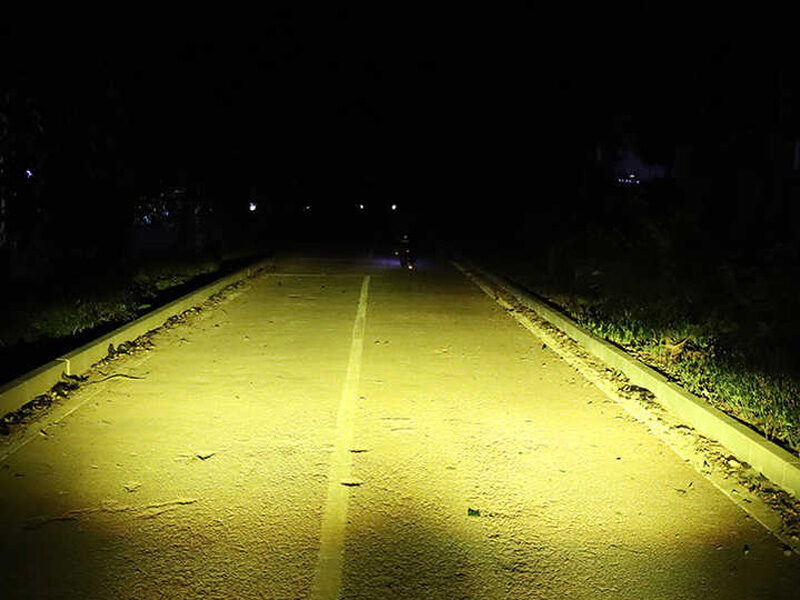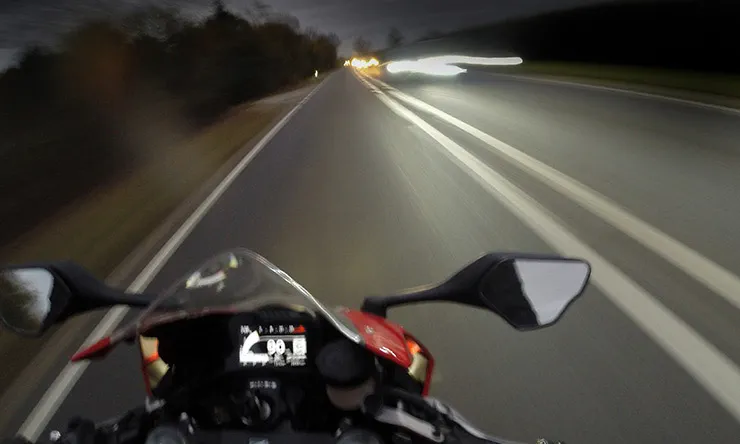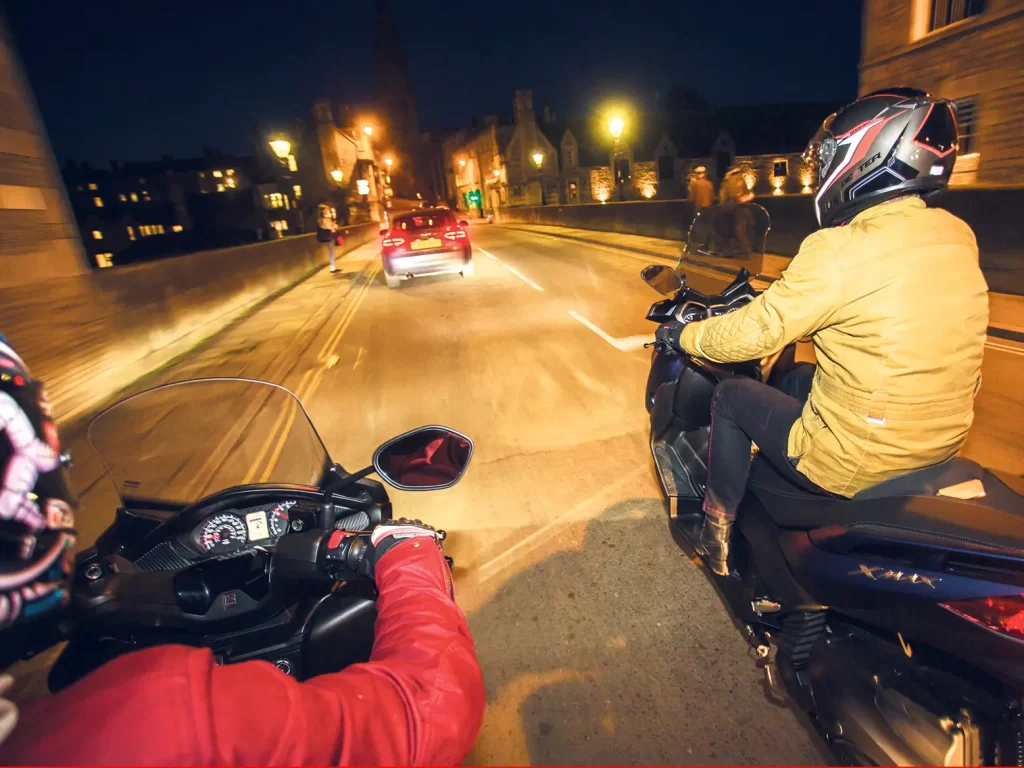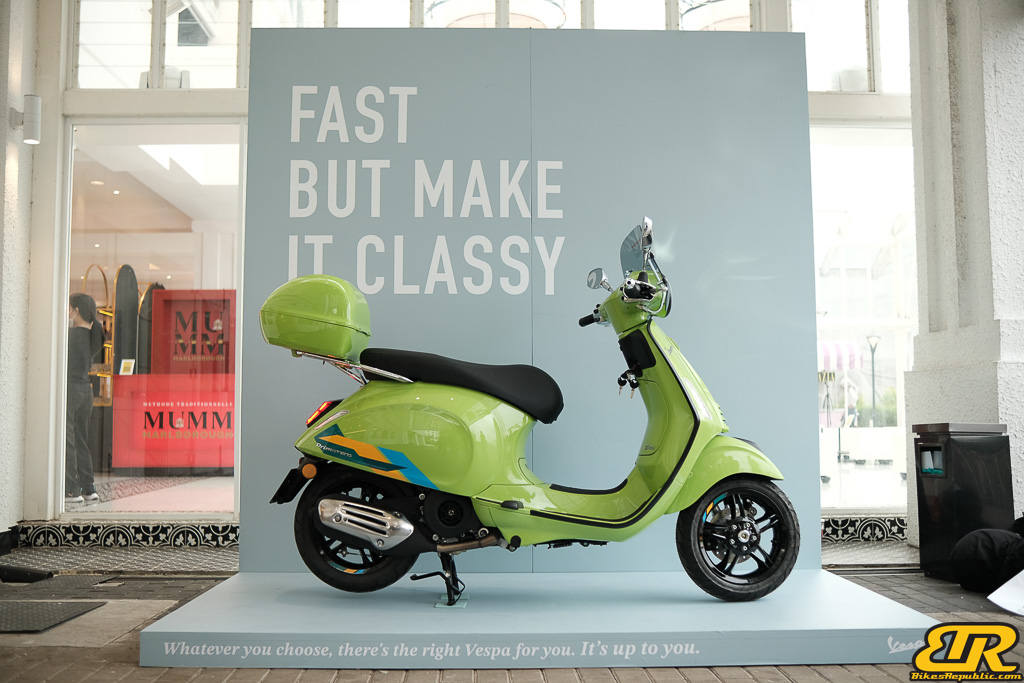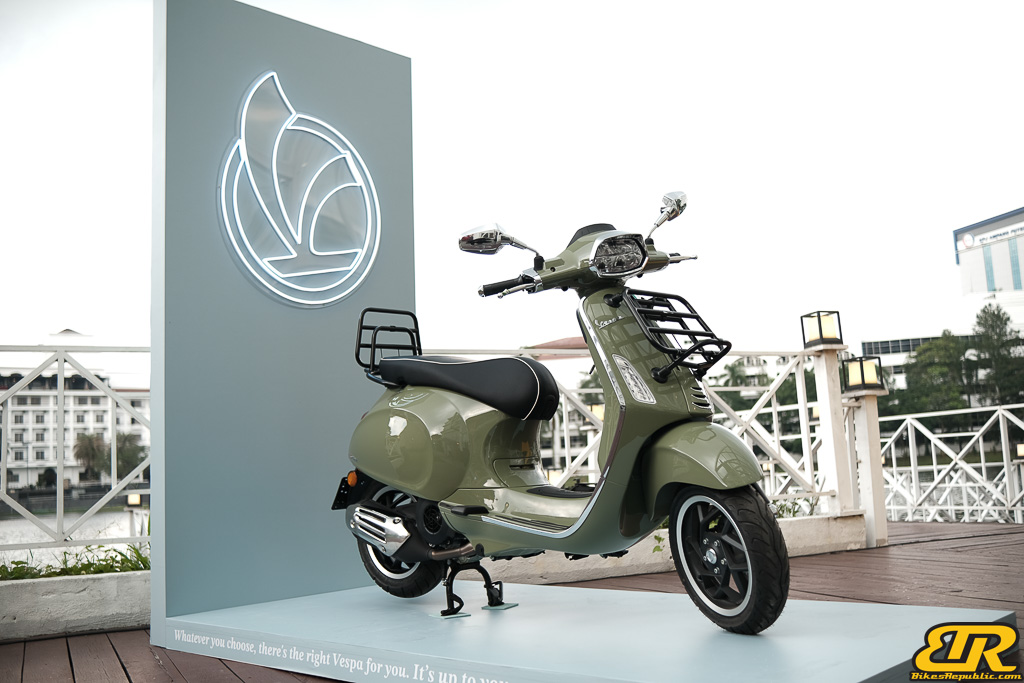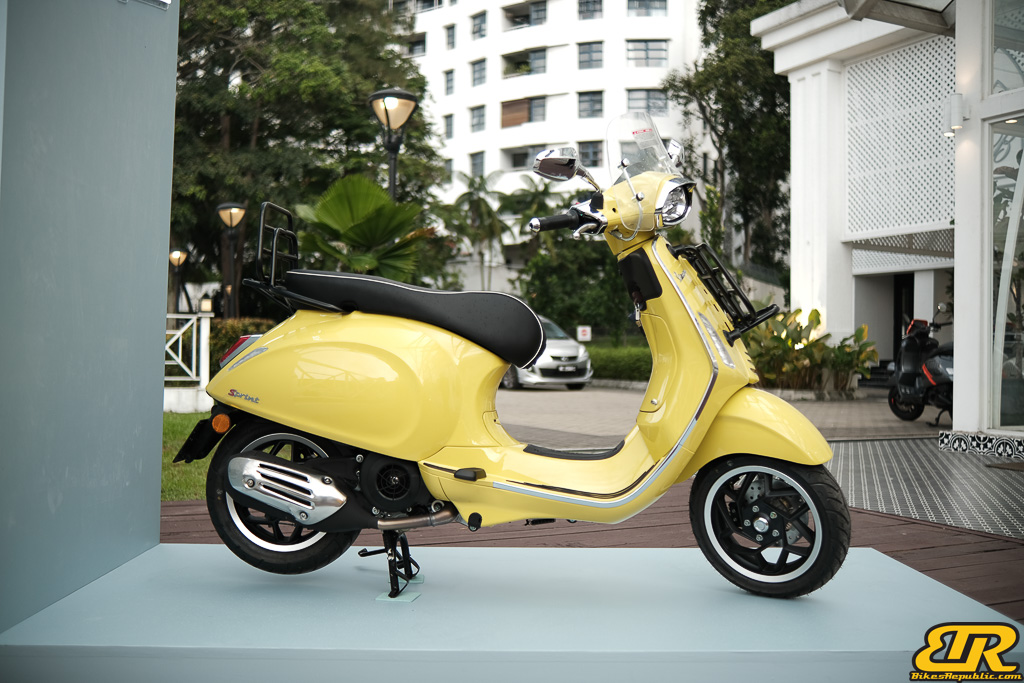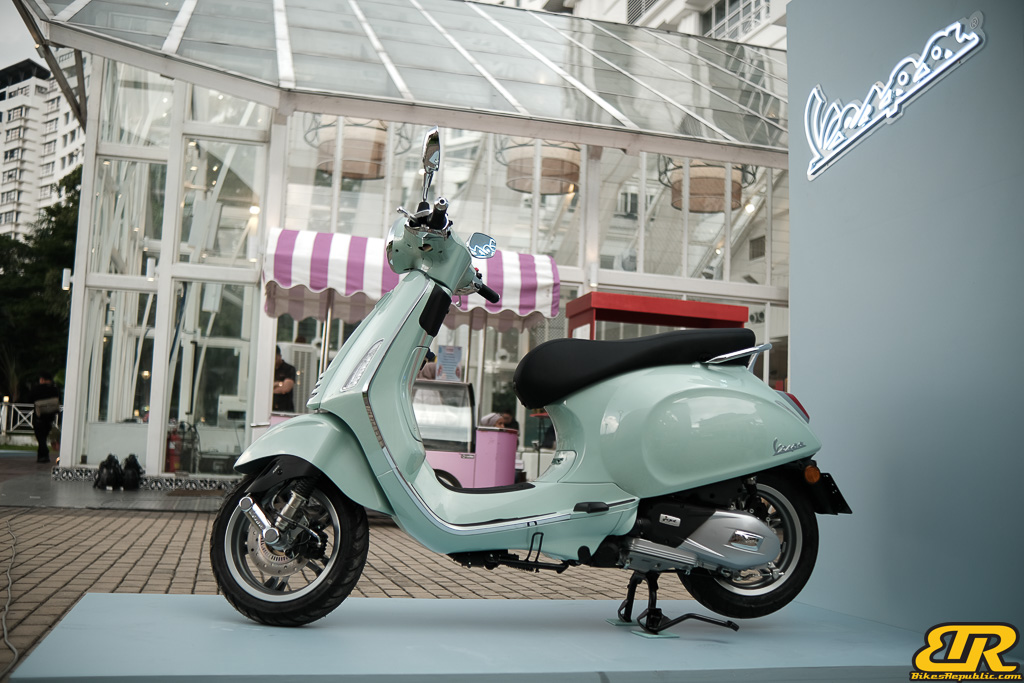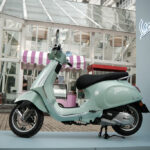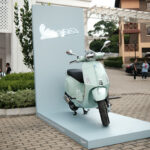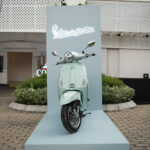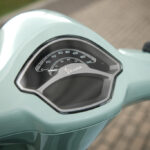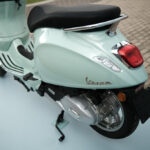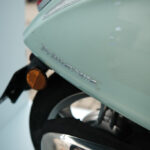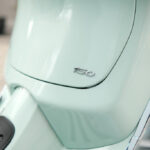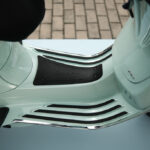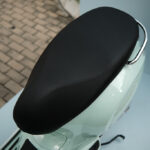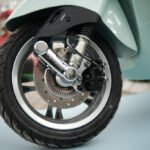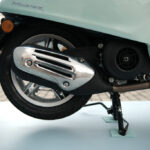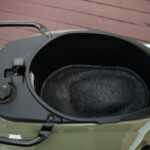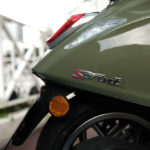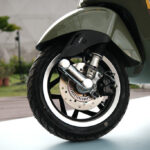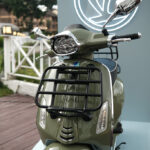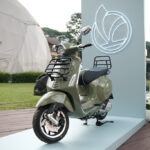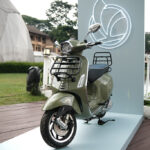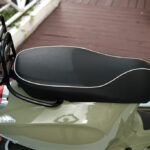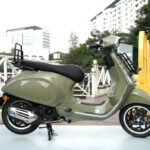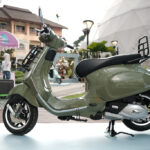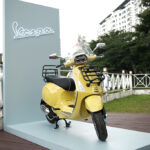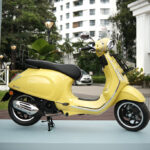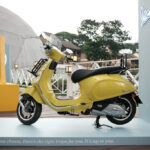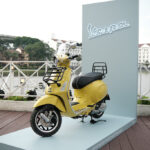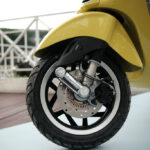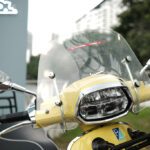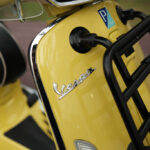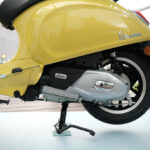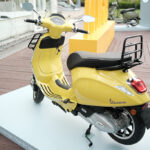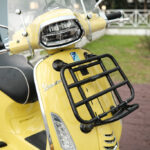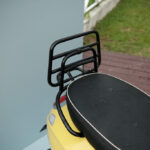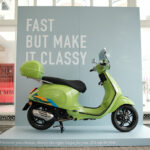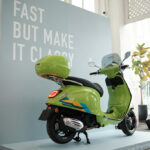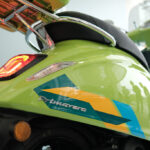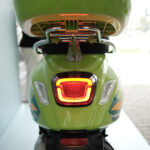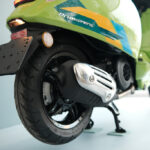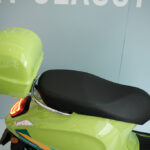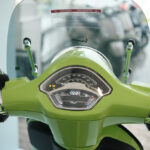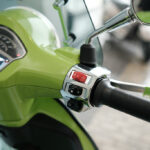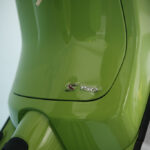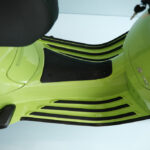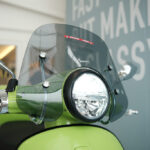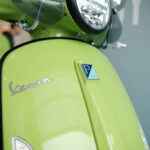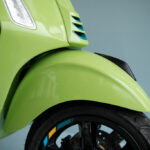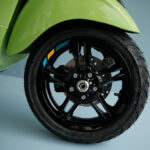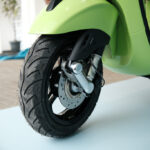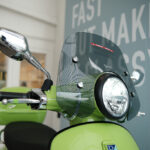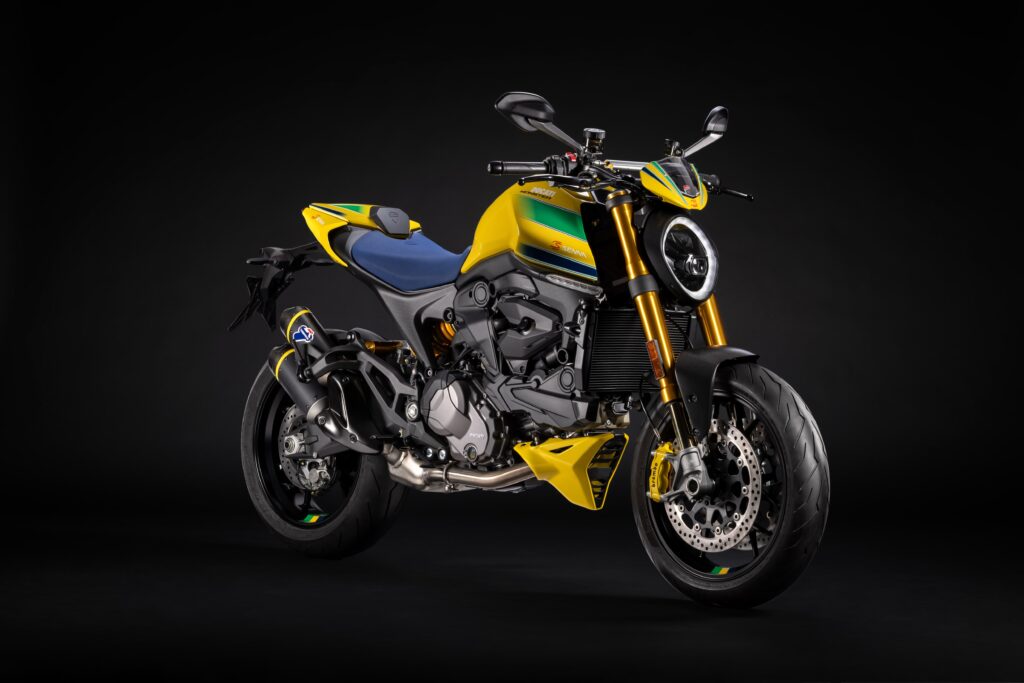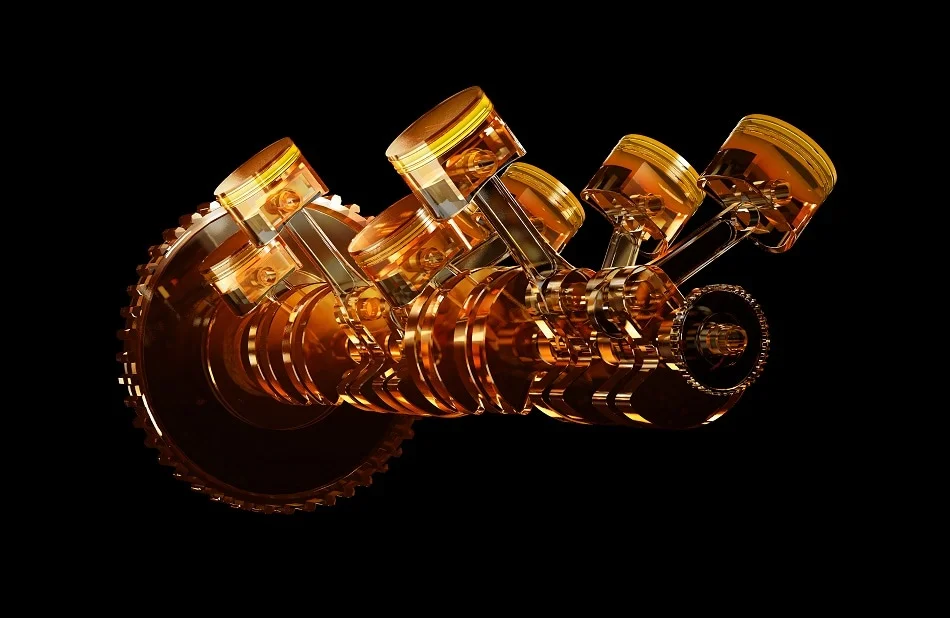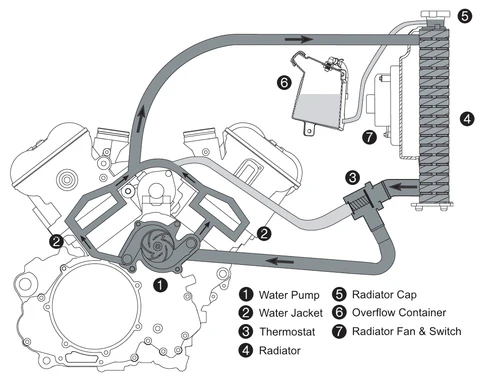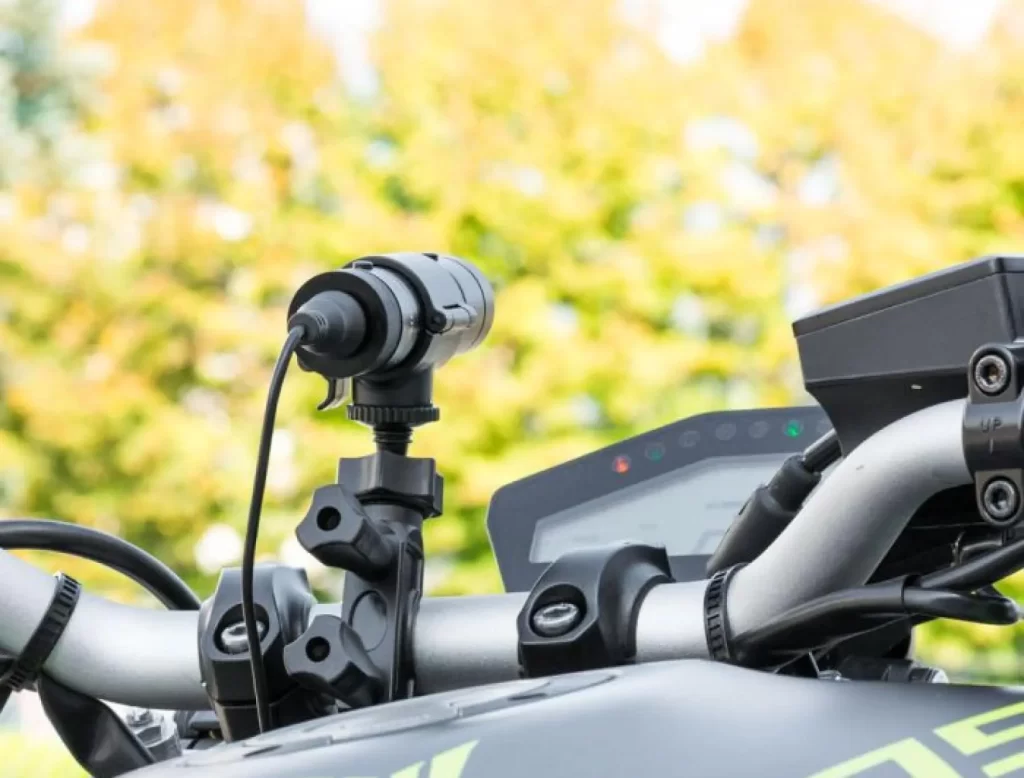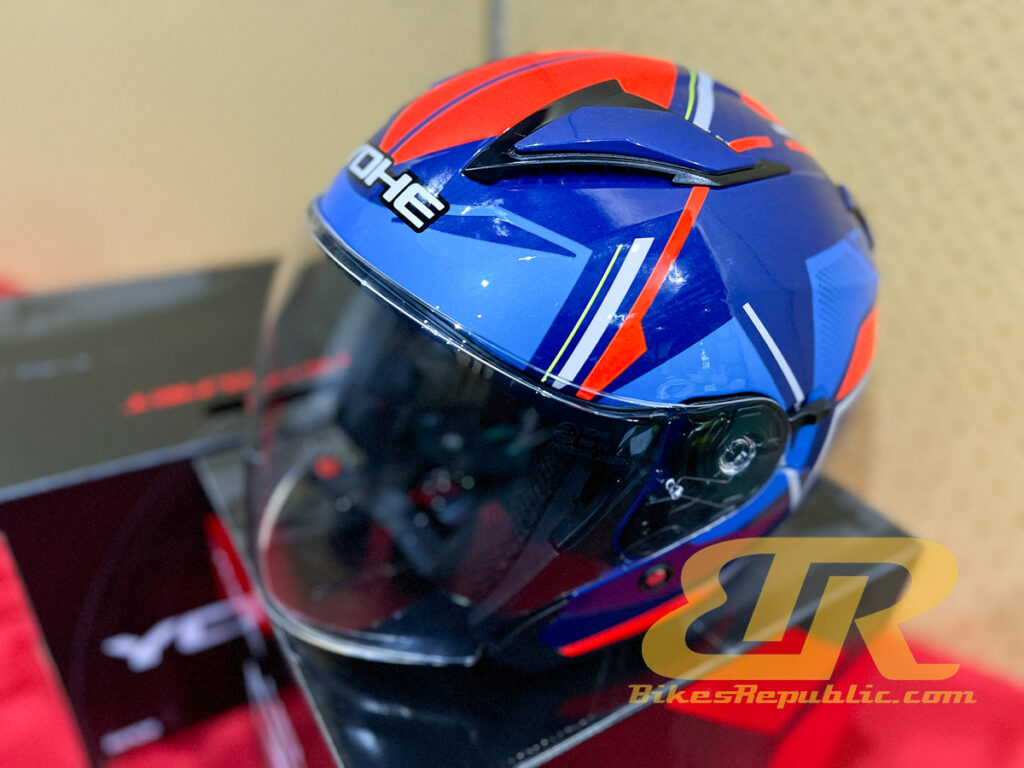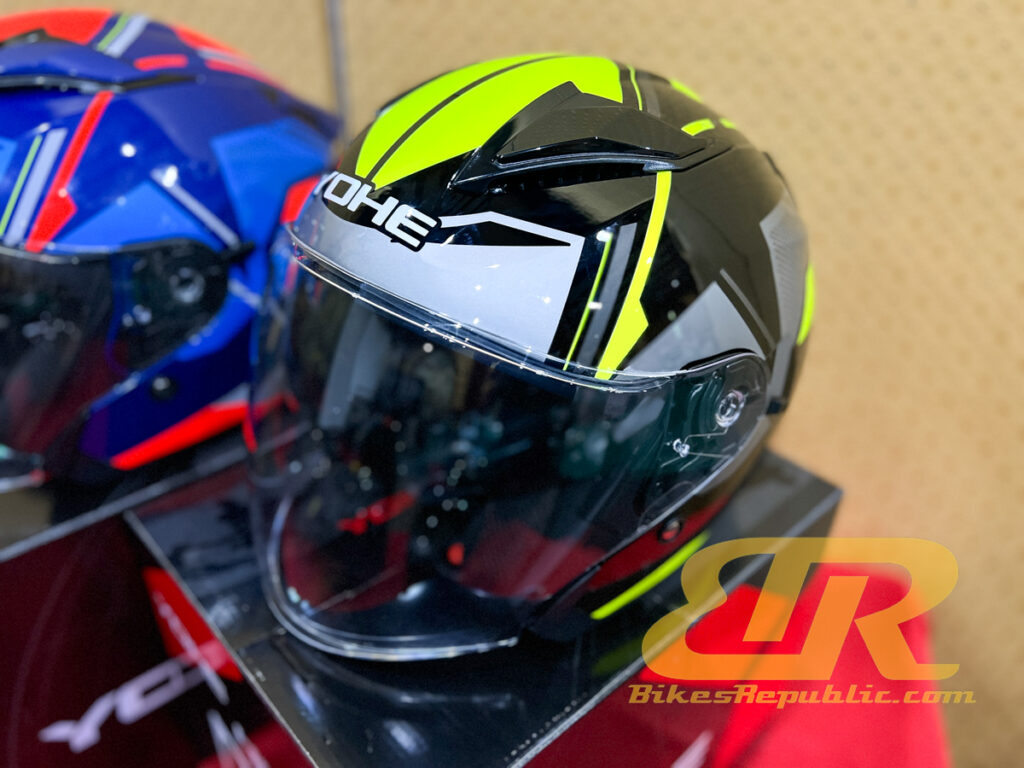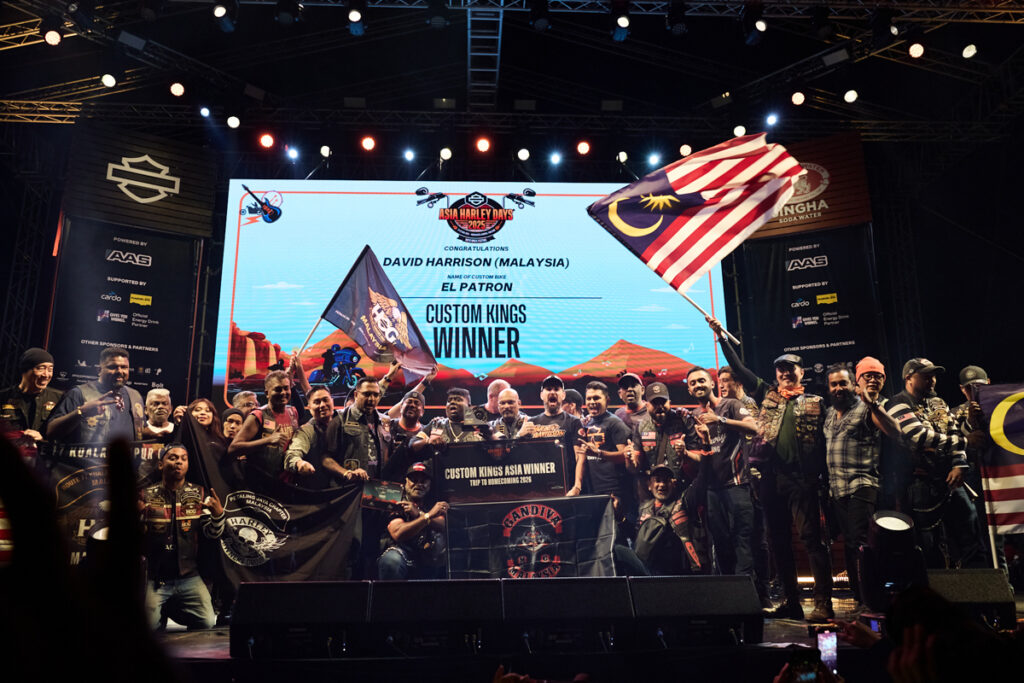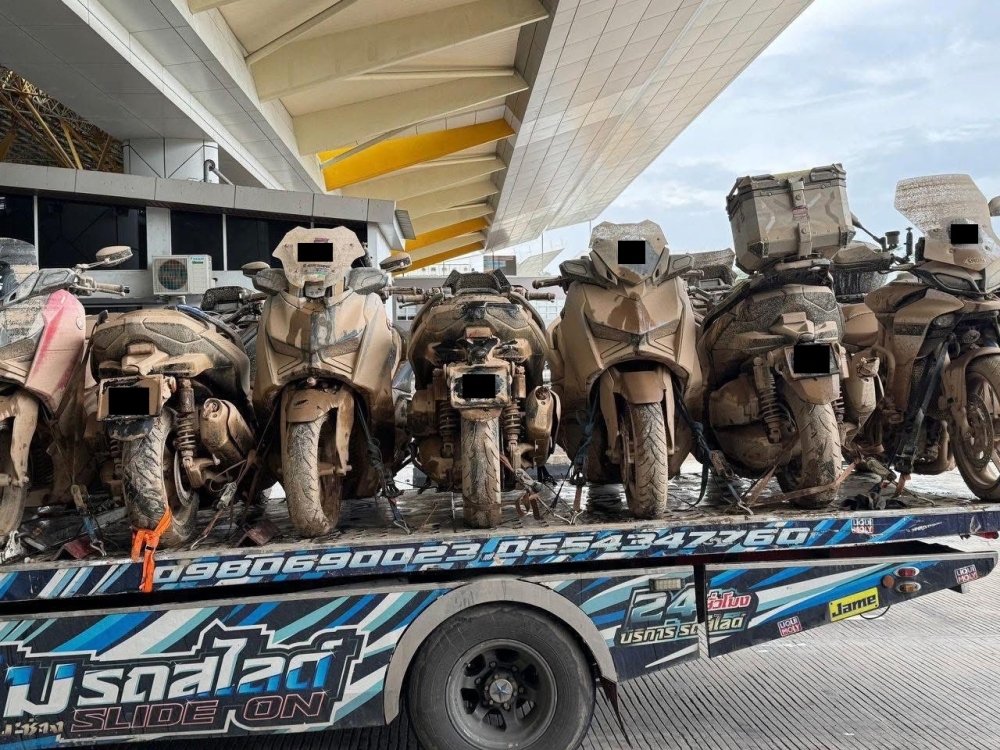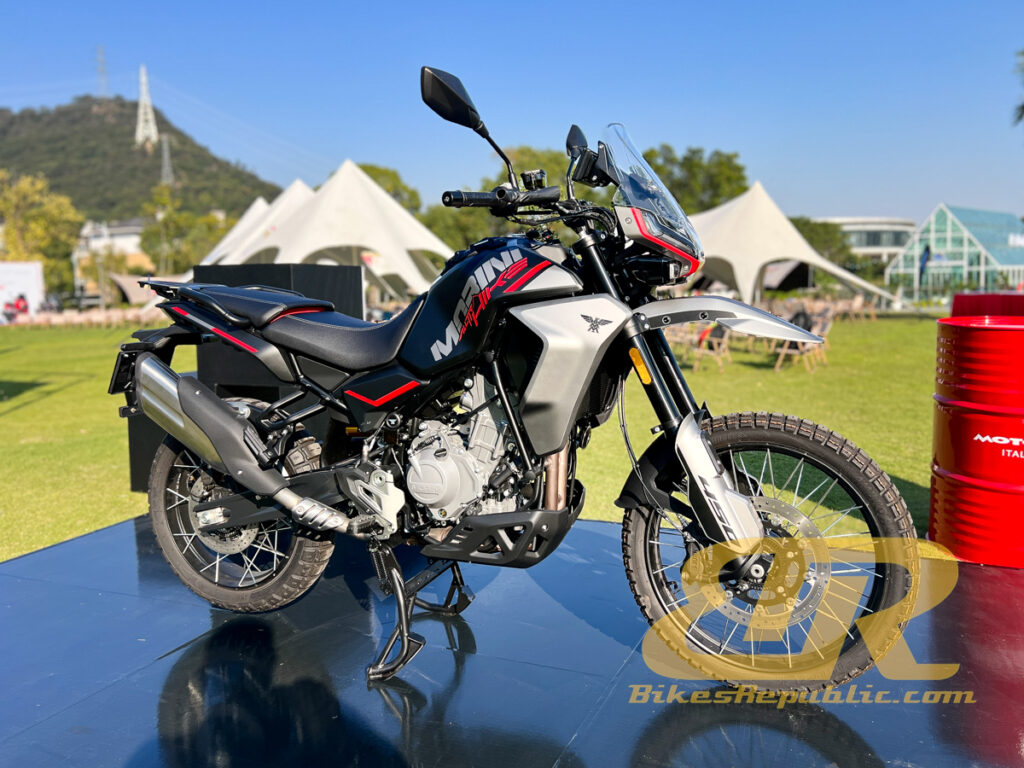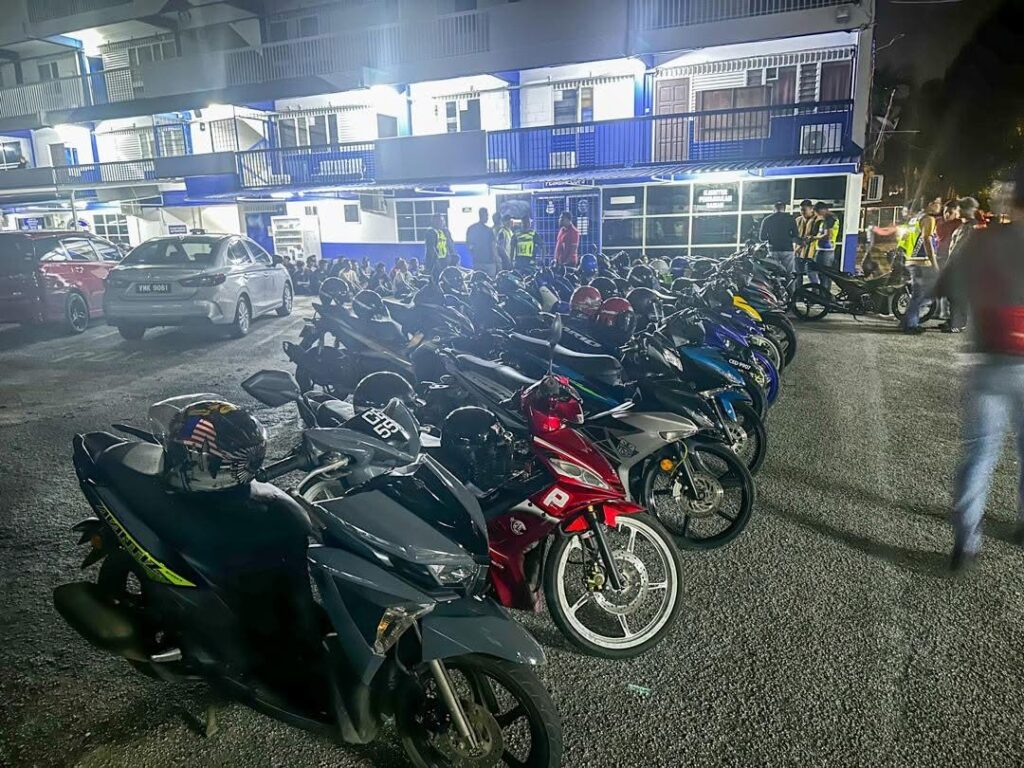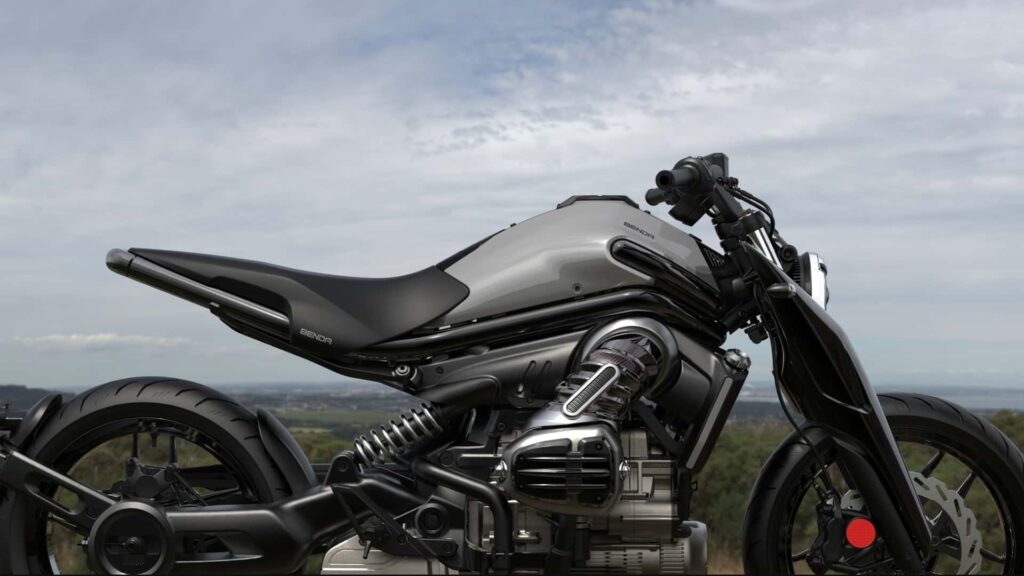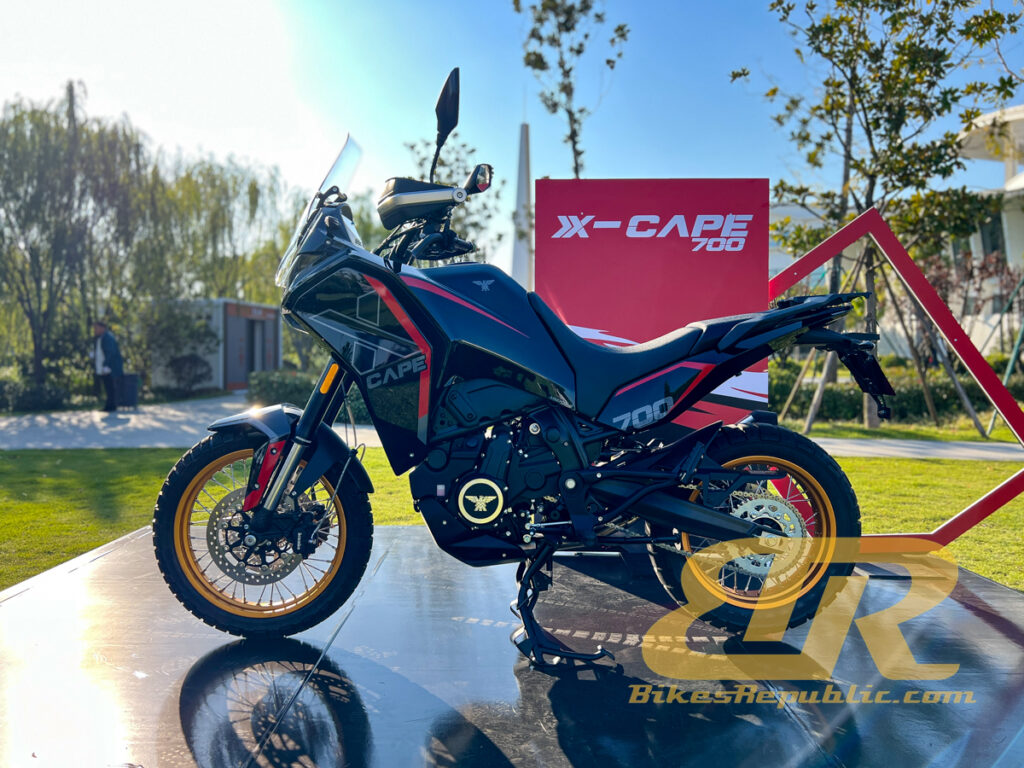Riding at night can be a lot of fun.
Several friends, myself included, prefer to ride at night for several reason. Among them, there is less traffic to contend with, the air is cooler, and no one calling you about work.
Unfortunately, most road accidents happen at night. But there are ways to mitigate the risks. Here are several tips that could make your night-time ride safer and more enjoyable.
#1. Visibility to others
Forget about those motorcycle ads that show a rider clad in all-black gear riding a black motorcycle at night.
Motorcycles have smaller cross-sections thus the headlights are closer together. A car driver who has never ridden a motorcycle could easily misjudge a motorcycle’s. It is therefore important to wear gear that enhance our presence, from a brightly coloured helmet, to a fluorescent yellow safety vest with large reflector panels, and several pieces of well-place reflective stickers on the bike and around the rims.
Trust us when we say that other road users will take better care when they see a human figure on a motorcycle, rather than just the rear light which makes them dismiss it as “just a soulless machine.”
#2. Visibility for us
Make sure you replace the headlight’s bulbs every couple of years or so (except if they are LED). Even the best halogen lightbulbs deteriorate over time, but they do so very progressively at an unnoticeable rate.
There are riders who say there is no issue with replacing the halogen bulbs with LED bulbs, but there are also who found the LED bulbs damaged their headlamps and/or electrical systems. As such, do approach this with care.
We understand that some motorcycles’ headlights are dimmer than a torchlight’s. However, installing auxiliary lights i.e. spotlights is against the law in Malaysia, but use them responsibly if do install them anyway. Make sure they are pointed down the road and not upwards into traffic and blinding other road users.
#3. Do not stare into oncoming headlights
The headlights on cars and even some motorcycles are awfully bright these days, most probably due to misalignment. Staring into bright lights will degrade your night vision, and your eyes will need time to readjust. This is especially dangerous if you are riding around curvy roads.
Avert your eyes from oncoming headlights and concentrate on your path ahead. Let the vehicle pass you if its headlamps are blasting into your rearview mirror, or turn the mirrors to different angles for a moment.
#4. Slow down
This may be further down the list but it is no less important. Riding at night like you do during the daytime just increases the risks as it is much harder to spot hazards. At the same time, open up your other senses such as smell to pick up scents of rubbish water or fuel spills.
#5. Scan your surroundings
Make sure you scan your surroundings all the time. You can never know if another vehicle is approaching you at a high speed without lights. Do not just rely on the mirror – also look over your shoulders from time-to-time.
#6. Stay comfy
Make sure your jacket is sufficient in keeping out the cold, especially when you are riding after a rain spell, on a country road or up a mountain. Shivering in the cold robs you of your concentration and you need 100% construction every time we ride, especially at night.


